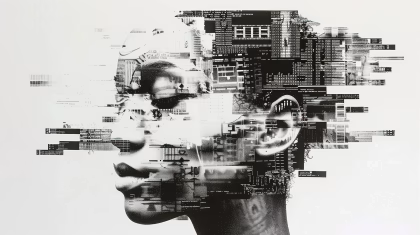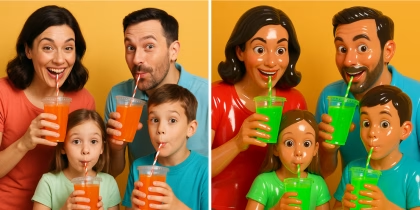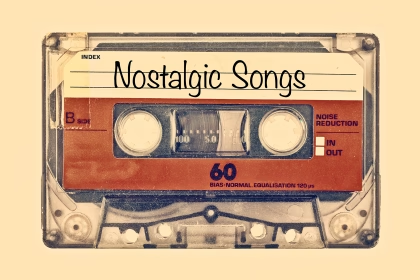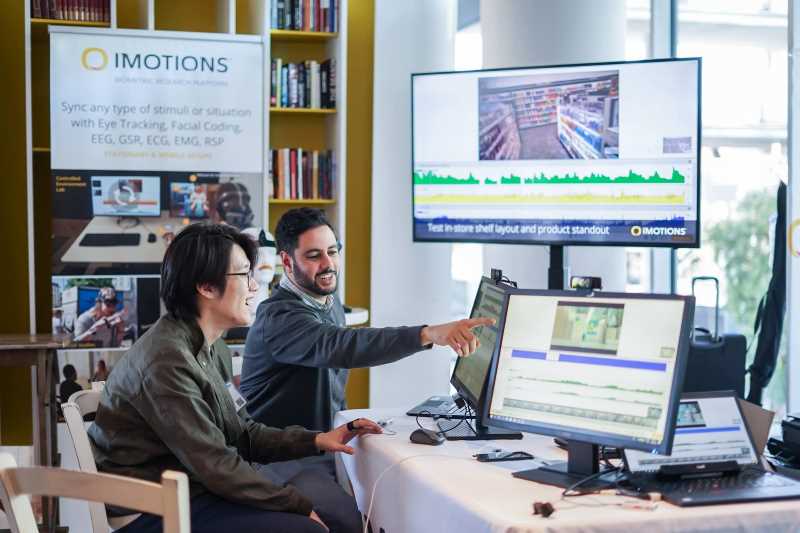The construction industry relies heavily on the cognitive abilities of its workforce to manage intricate tasks and ensure project success. Research indicates that when the cognitive demands of tasks outweigh workers’ cognitive capabilities, this imbalance can significantly compromise worker performance and safety. Consequently, it is crucial to understand workers’ cognitive capabilities and assign tasks accordingly. However, existing cognitive assessment techniques might be limited when applied in the construction context due to dynamic construction site conditions and the absence of task complexity considerations. To address these gaps, this research designed standardized experimental procedures for assessing construction professionals’ cognitive abilities and calibrating construction task complexity using a design of experiments approach. Four key cognitive abilities were assessed through a combination of cognitive tests and wearable sensors. Pilot testing demonstrated that the designed experimental procedures successfully captured participants’ cognitive states, stress levels, and performance across varying complexity levels. Performance scores peaked at moderate complexity, consistent with the inverted U hypothesis, while stress and cognitive load increased with task complexity. National Aeronautics and Space Administration Task Load Index (NASA-TLX) survey results supported this trend, with participants reporting increased mental and temporal demands, frustration, and effort as task complexity increased. These findings confirm the feasibility and effectiveness of the designed dual-method procedure in construction-related cognitive assessment. This study advances knowledge by introducing the first construction-specific experimental protocol that integrates cognitive testing and sensor-based monitoring while accounting for task complexity. The proposed approach enables objective evaluation of cognitive fitness for construction roles, offering a foundation for practical applications in workforce planning, training, and safety management. Future work will involve deeper analysis of sensor-collected data to develop predictive models and scalable field applications.
Related Posts
-

Jaguar’s Type 00 Ad: Smiles, Confusion, and Curiosity – What Viewers Really Felt About it
Consumer Insights
-

Bias: The Definitive Guide to the Architecture of Human Behavior
Academia
-

Synthetic Data: The Promise and Peril of AI’s Hottest Tool
Consumer Insights
-

10 Powerful Ways to Use Nostalgia in Marketing and Advertising (with Real Examples)
Consumer Insights



